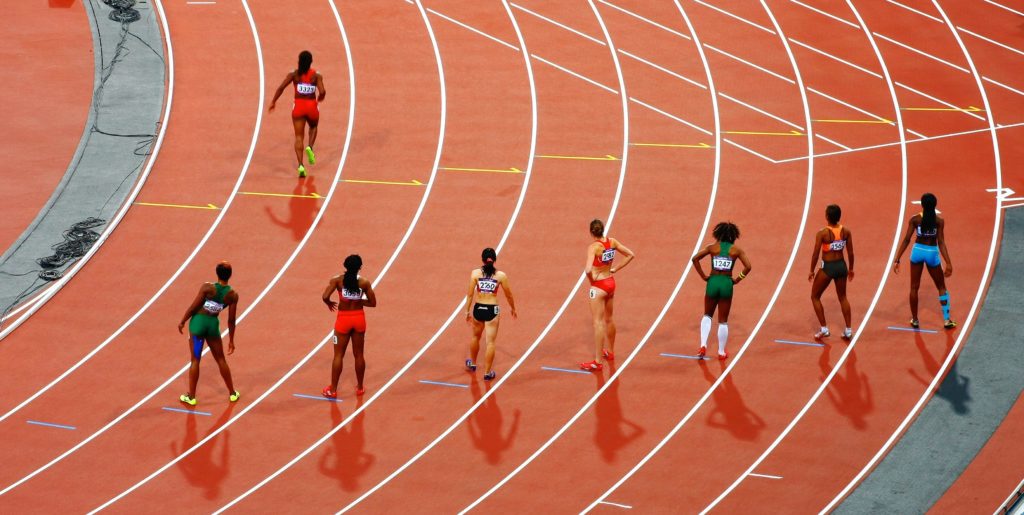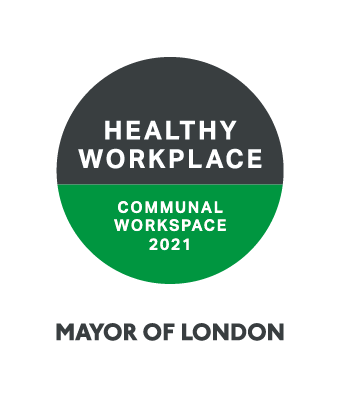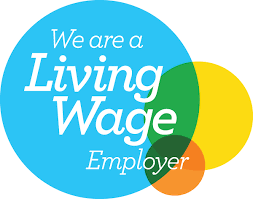If we can see it, we can believe it.
It took until 1984 for the women’s marathon to be included in the Olympic Games.
That’s just thirty-six years ago.
Women had been excluded from track and field competition altogether until 1928 when the longest race was the 800m, after that, no race over 200m was contested by women in the Olympics until 1960!
But women were running anyway. Even in Ancient Greece, women were banned from the Ancient Olympics, even as spectators (facing execution should they be discovered), held their own short footrace every five years.
When the Olympics were revived in 1896, denied access to compete, a woman called Melpomene ran the distance anyway alongside the course, finishing in four and a half hours.
A determination and belief amongst women to compete has been there from the beginning.
In 1966, American runner Roberta Gibb was denied entry to the famous Boston Marathon with officials telling her –
‘Women are not physically capable of running a marathon.’
Roberta managed to run the distance anyway finishing in 3.21.25.
The following year Katherine Switzer entered the Boston Marathon using just her initials and despite nearly being pulled off the course just a few miles in, finished in a time of 4.20. She then set about making it her mission to get women’s marathon running firmly allowable, official and recordable.
It wasn’t until 1972 that women were officially allowed to run the Boston Marathon.
In the 1984 Los Angeles Summer Olympics, Joan Benoit won the first official women’s Olympic Marathon in a time of 2.24.52.

Women running the Rome Marathon 
Elite female athletes lining up to run on the track
Shifts in perception towards the ability of women to compete in sport and physical activity have been slow moving and have required vast amounts of effort, campaigning and endeavour.
The fight for gender equality in sport is a war that has been raging for decades, a fight that is not easily won, even in a time when a desire to level the playing field is at the top of many people’s agendas.
The Covid-19 pandemic put a stop to both male and female sport. Everything was off the schedule, no exceptions and perhaps for the first time in history, equality existed.
But as sport returns so does the disparity between male and female team sport. Covid-19 testing for Premier League players enabled games to make a comeback albeit behind closed doors but this is something not reflected in the Women’s Super League.
It is feared that the progress developed through the rise of elite women’s sport in recent times with levels of engagement and participation will be lost as a result of lockdown.
This has a worrying knock on effect on women in the general population with the cancellation of women’s events resulting in a reduction in the number of women inspired to take part in sporting activities.
This is a feeling echoed amongst sports fans.
Recent research from Women in Sport showed that 52% of those surveyed agreed that visibility of women’s sport has been lost at a greater rate than men’s during the pandemic. 69% stated that they thought women’s sport was more at risk of suffering than men’s as a result of lockdown.
There is some good news. The rescheduled Tokyo Olympic Games remain on track to be the most gender balanced in history.
However, it was only in February 2019 that female race walkers lost a case petitioning for them to be able to take on the 50km distance that the men compete in. Female athletes will have to make do with the 20km distance.
It is in the Ultra-Endurance sport world that the gap in physical ability between men and women shrinks markedly. In January 2019, British Ultra-runner Jasmin Parris became the first woman to win the 268-mile Montane Spine Race in the UK. Not only did she beat the previous course record by 12 hours, her time also included stops to express breast milk along the way.
In 2017, American Ultra-marathon runner Courtney Dauwalter won the 240-mile MOAB race in under 58 hours on just 21 minutes of sleep.
This would suggest that women really do have the capacity to go the distance alongside their male counterparts.
Unfortunately, it is not just in sport that women have found themselves disproportionately affected by the pandemic.
Research from a UCL study on the impact of the pandemic on parenting, work and finances shows that women spent more than twice as much time as men on their children’s home schooling during lockdown with mothers of young children most likely to have stopped working altogether.
The global crisis has had immeasurable effects on people from every part of society and forging a path into a new future is a challenge for everyone.
Let’s not neglect women’s sport in the post Covid-19 return to play as this will have far reaching effects for women from all walks of life.
The success of the Vitality Roses at last year’s Vitality Netball World Cup and the Lionesses competing in the FIFA Women’s World Cup as they reached the semi-finals, gripped the nation and put women’s sport firmly on the map and in plain sight. Audiences were engaged and the ripple effect of a visible season of inspiring women’s sport saw participation levels grow.
After the Vitality Netball World Cup, England Netball saw a 1000% increase in visits to their online netball session finder with over 900 new school registrations for their Bee Netball programme. They also found that 160,000 adult women were inspired by watching the tournament to start playing netball or more netball.

House of Sport hit the Netball Court 
Team House of Sport Football
The Lionesses success at the 2019 FIFA Women’s World Cup helped grow participation in the sport with figures from the FA in November 2019 showing that more than 2.63m women aged 16 and over in England now play football.
Women and girls need positive role models performing in sport and physical activity to inspire and motivate them, giving them the much-needed confidence it takes to give sport a try.
And these role models need to be visible.
They need to be represented.
Without investment in and profiling of women’s sport, there is a risk it will become no longer visible and therefore no longer something that can inspire a generation to embrace an active lifestyle.
As lockdown eases and sport makes its welcome return, women’s sport needs to be made a priority.
Have a read of our You Rock! piece with Florence Lloyd-Hughes from resident organisation, Women in Sport, one of the few female football commentators on the radio?








